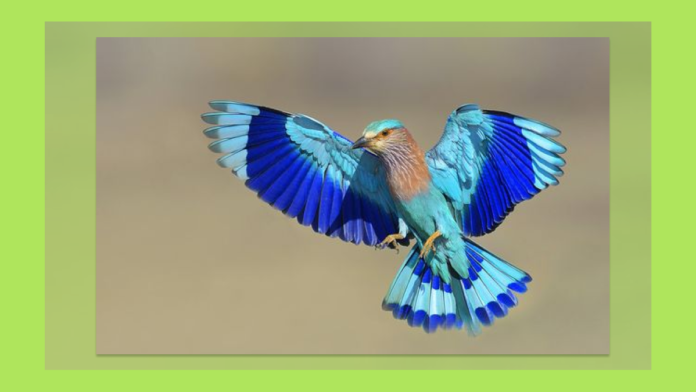In areas like Gujarat and Rajasthan, the Nilkanth bird, named after Lord Shiva, sometimes called the Indian Roller (Coracias benghalensis), has great cultural and religious importance during the Dussehra. Lord Mahadev glorifies the great tradition of India.
Dussehra marks the victory of good over evil, represented by the defeat of Mahishasura by Goddess Durga and the triumph of Lord Rama over Ravana. The Nilkanth bird is particularly symbolic and significant during the festival since it is regarded in Hindu mythology for its holiness and association with auspiciousness and divine benefits.
Cultural Significance: The Nilkanth bird sighting is so significant in areas like Rajasthan and Gujarat that it has been incorporated into Dussehra celebrations. In certain regions, people even release captive Nilkanth birds as a ritual to ask Lord Shiva for blessings.
Rituals & Traditions: In certain areas, people get up early to visit temples or other hallowed locations to spot the Nilkanth bird. In addition, they might engage in rituals or prayers in which they express their thanks for good fortune and ask for blessings for future achievements.
The bird has the name of Lord Shiva, referred to as Nilkanth, which translates to “the blue-throated one.” This name alludes to the Hindu tale in which Shiva, in an attempt to save the universe, swallows poison, which turns his throat blue. The azure feathers of the Nilkanth bird are thought to symbolize this facet of Shiva, therefore endowing the bird with hallowed status.
Bringing Good Fortune: Seeing the Nilkanth bird during Dashera is considered very auspicious. It is said that seeing the bird portends luck, wealth, and favors for the upcoming year. Since the Nilkanth bird represents victory over evil, many devotees specifically search for it on Dashehara as a sign of divine favor and to assure success in their activities.
